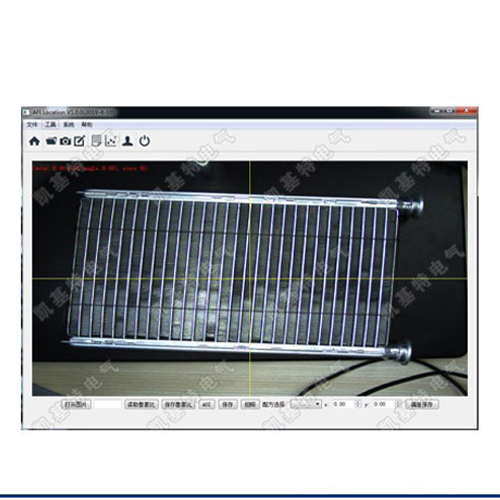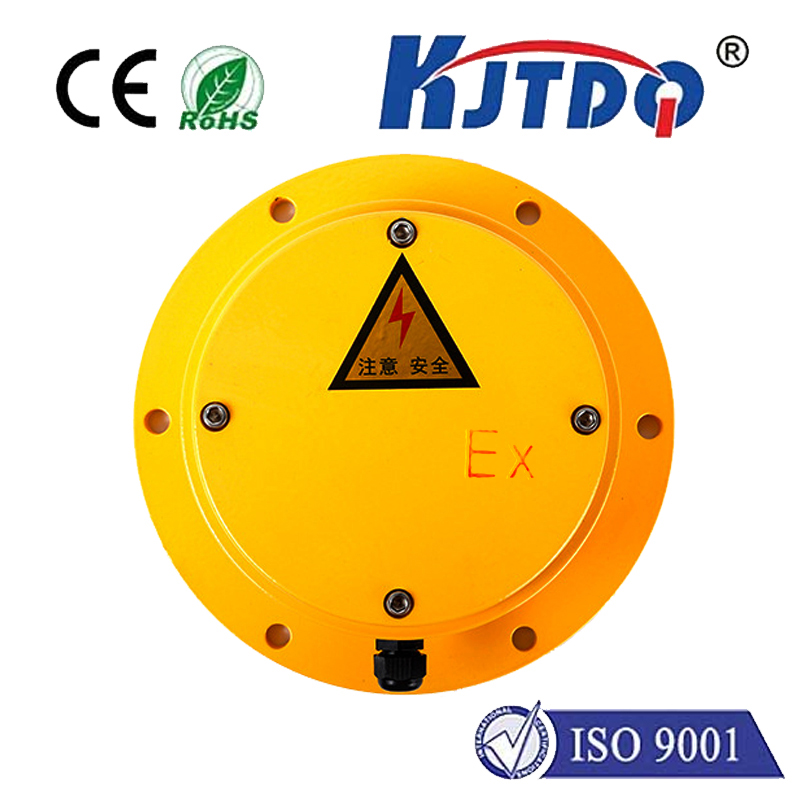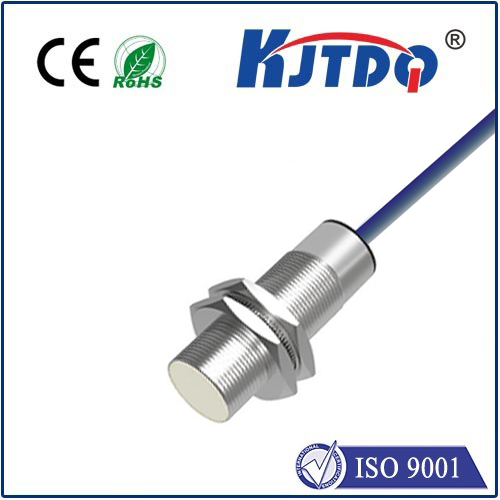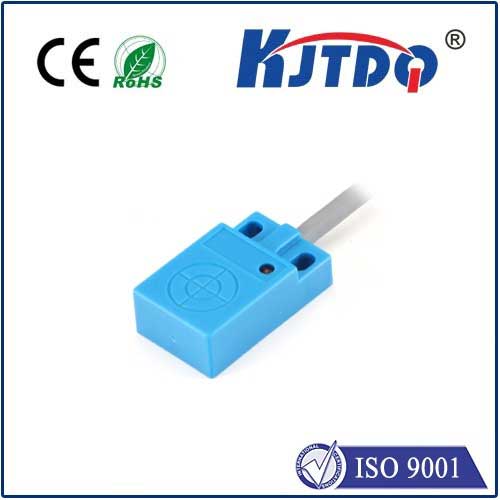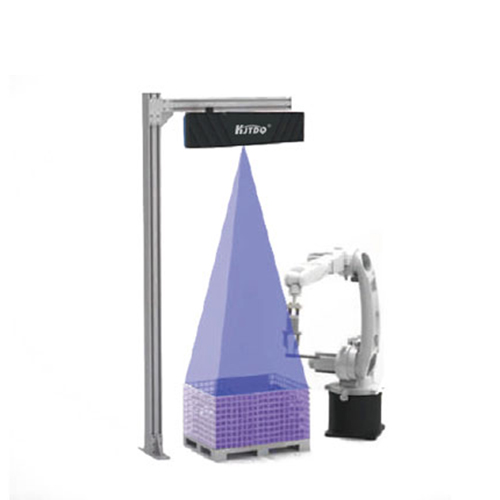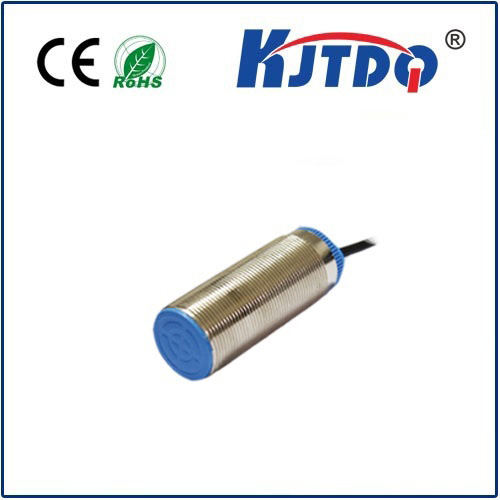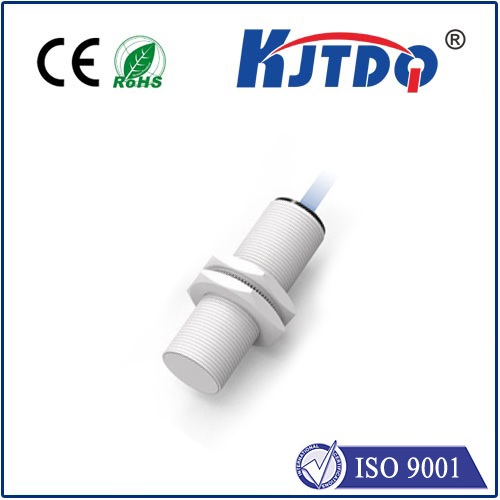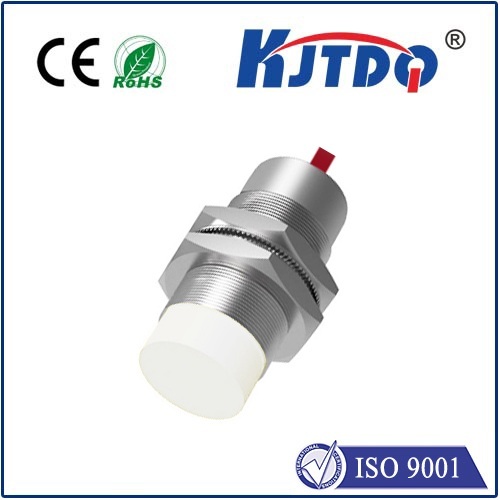the proximity sensor
- time:2025-06-25 01:27:02
- Click:0
The Invisible Guardian: Understanding How Proximity Sensors Shape Our World
Have you ever wondered how your smartphone screen automatically turns off during a call? Or how modern faucets activate without touch, or factory machinery safely halts when someone approaches? The unsung hero enabling these seamless interactions is the ubiquitous proximity sensor. Far from being a single, monolithic technology, proximity sensors represent a diverse family of devices dedicated to one core principle: detecting the presence, absence, or distance of an object without physical contact. Their silent operation is fundamental to convenience, safety, and efficiency in countless applications.
At its heart, a proximity sensor functions as an electronic eye. It emits a field or signal (electromagnetic, electrostatic, acoustic, or optical) and meticulously monitors changes within that field caused by an approaching object. This detected change triggers an output signal – typically switching an electrical circuit on or off – which then instructs the connected device or system to act. The magic lies in this non-contact detection, eliminating wear and tear and enabling operation in environments where touch is impractical, hazardous, or simply undesirable.

Several distinct technologies power the world of proximity sensors, each with unique strengths and ideal applications:
- Inductive Proximity Sensors: These champions of industrial automation excel at detecting metallic objects. They generate an oscillating electromagnetic field. When a metal target enters this field, it induces eddy currents within the metal, causing a measurable change in the sensor’s oscillation. Key advantages include:
- Robustness: Highly resistant to dirt, dust, moisture, and harsh conditions.
- Reliability: Long operational life with no moving parts.
- High Switching Frequencies: Suitable for fast-moving targets on production lines (e.g., counting metal parts, detecting machine elements).
- Capacitive Proximity Sensors: Unlike their inductive cousins, capacitive sensors can detect a much wider range of materials – metals, plastics, wood, liquids, and even granular substances. They work by generating an electrostatic field. Any object entering this field alters its capacitance. This technology is vital for:
- Level Detection: Monitoring fill levels in tanks containing liquids, grains, or powders.
- Liquid Presence Detection: Confirming fluid flow or reservoir levels.
- Non-Metal Object Detection: Sensing plastic containers, wood panels, or even the human body (touchless interfaces).
- Photoelectric (Optical) Sensors: These sensors employ light (visible, infrared, or laser) for detection. An emitter sends out a light beam, which is either interrupted by an object (opposed mode) or reflected back to a receiver (retro-reflective or diffuse mode). Infrared (IR) proximity sensors, a specific subtype heavily used in consumer electronics, emit IR light and measure its reflection to gauge proximity. Applications are vast:
- Smartphone Screen Management: The quintessential example – turning the display off when held near the ear.
- Object Counting & Positioning: On assembly lines for diverse product types.
- Presence/Absence Verification: Detecting bottles on a conveyor, packages at a sorting facility.
- Security Systems: Breaking a light beam triggers an alarm.
The value proposition of proximity sensors is compelling:
- Enhanced Safety: Critical in industrial settings, creating virtual safety barriers around dangerous machinery (safety light curtains often use optical principles), preventing accidental activation, or ensuring safe elevator door operation.
- Unparalleled Convenience: Enabling the touchless revolution – automatic faucets, soap dispensers, hand dryers, and intuitive smartphone interactions.
- Robust Reliability: Their non-contact nature ensures minimal mechanical wear, leading to extended service life and reduced maintenance, especially in dirty or demanding environments.
- Improved Efficiency & Automation: Essential for modern automation, providing real-time detection for process control, positioning, counting, and sorting, significantly boosting productivity.
- Energy Conservation: Automatically powering down screens or lighting when not needed (e.g., smartphones, laptops, room occupancy sensors).
Choosing the optimal proximity sensor requires careful consideration:
- Target Material: Metal? Plastic? Liquid? Skin? (Dictates inductive vs. capacitive vs. optical).
- Required Sensing Distance: How far away does the object need to be detected?
- Operating Environment: Temperature extremes? Presence of dirt, dust, oil, or moisture? Explosive atmospheres?
- Output Signal Needs: Simple on/off switch? Analog distance output? Digital communication?
- Size & Mounting Constraints: Physical space limitations for installation.
From the palm of your hand to sprawling factory floors and advanced automotive systems, proximity sensors are truly the invisible guardians of our technological landscape. They silently orchestrate interactions, prevent accidents, conserve resources, and drive automation forward. As technology evolves – with trends like miniaturization, enhanced intelligence (sensor fusion), and improved power efficiency – we can expect proximity sensors to become even more sophisticated and integrated, further blurring the lines between the physical and digital worlds. Understanding the fundamental principles behind these remarkable devices reveals the hidden intelligence shaping our daily experiences and industrial capabilities.








